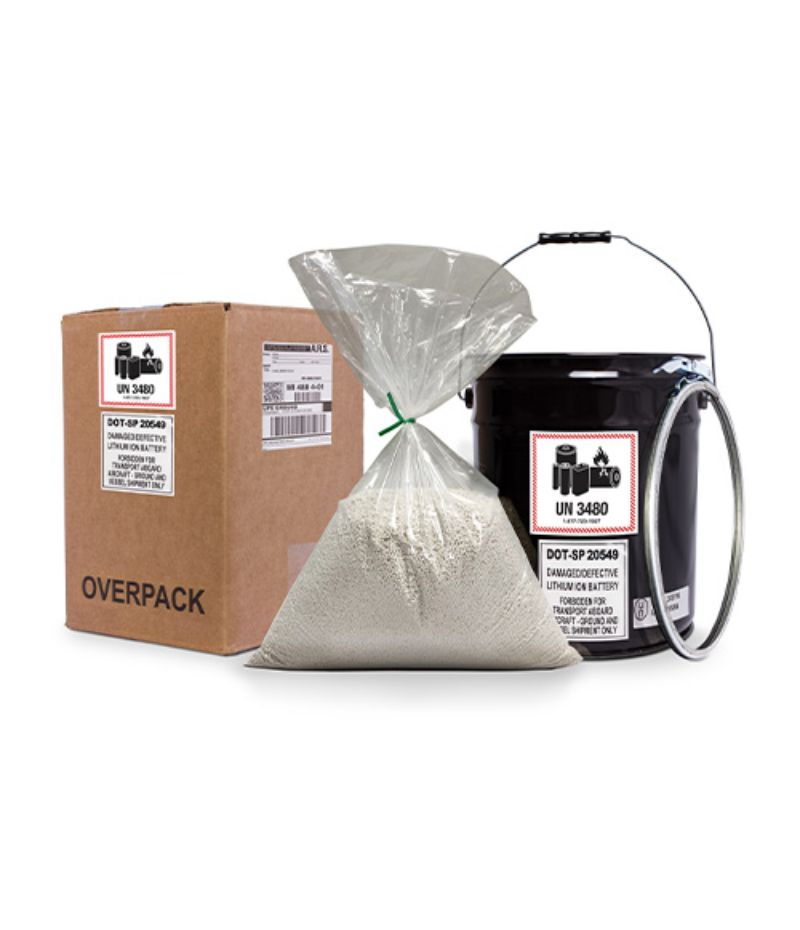
Protect what matters. Be battery safe.
Whether it’s learning how to properly store used household batteries, or being able to identify if batteries are damaged and how to dispose of them, Recycle Your Batteries, Canada! is here to make sure you can do it all safely.
Follow these safety tips to protect your property and your community.
Battery best practices
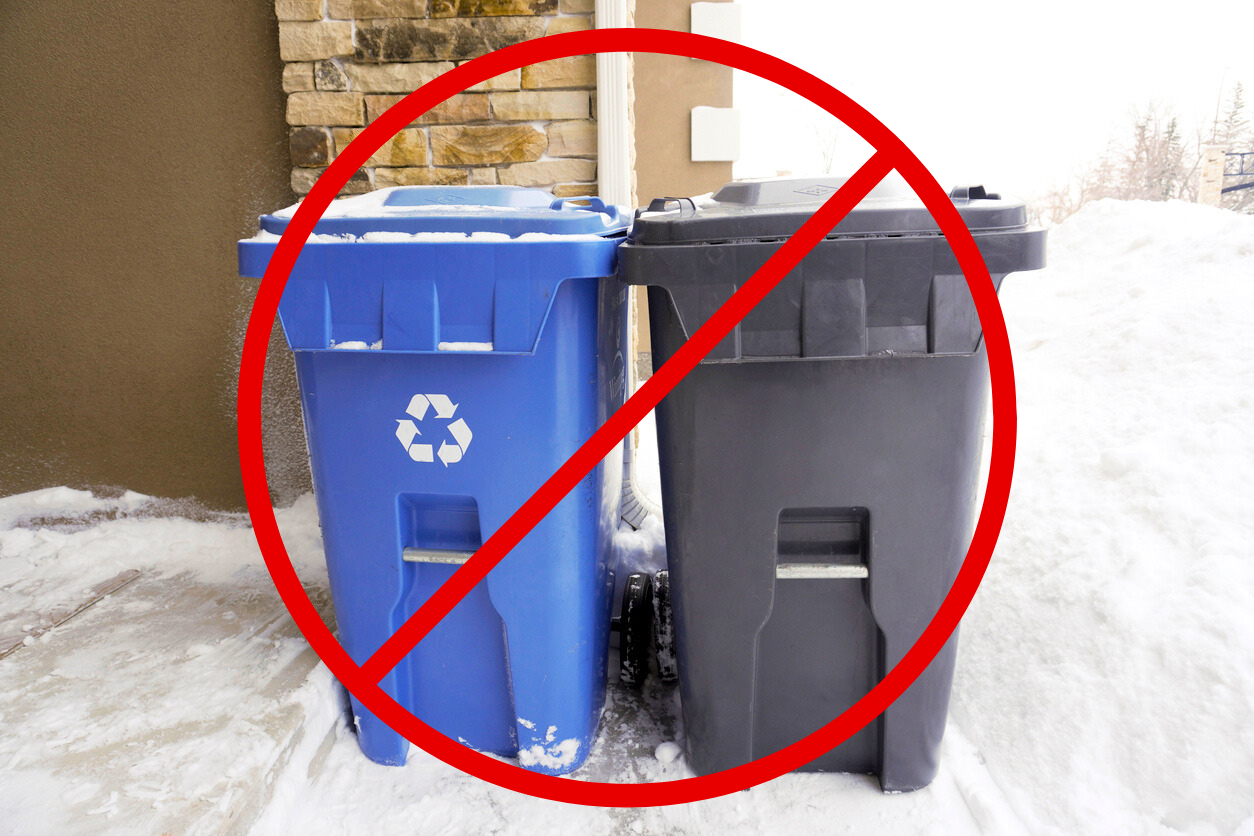
Recycle your batteries to prevent fires
Never throw batteries into the trash or regular blue bins.
- Batteries can cause sparks if they come into contact with debris.
- Lithium batteries can be damaged in garbage trucks and cause fires at waste processing centres.
- Batteries can overheat if left outdoors.
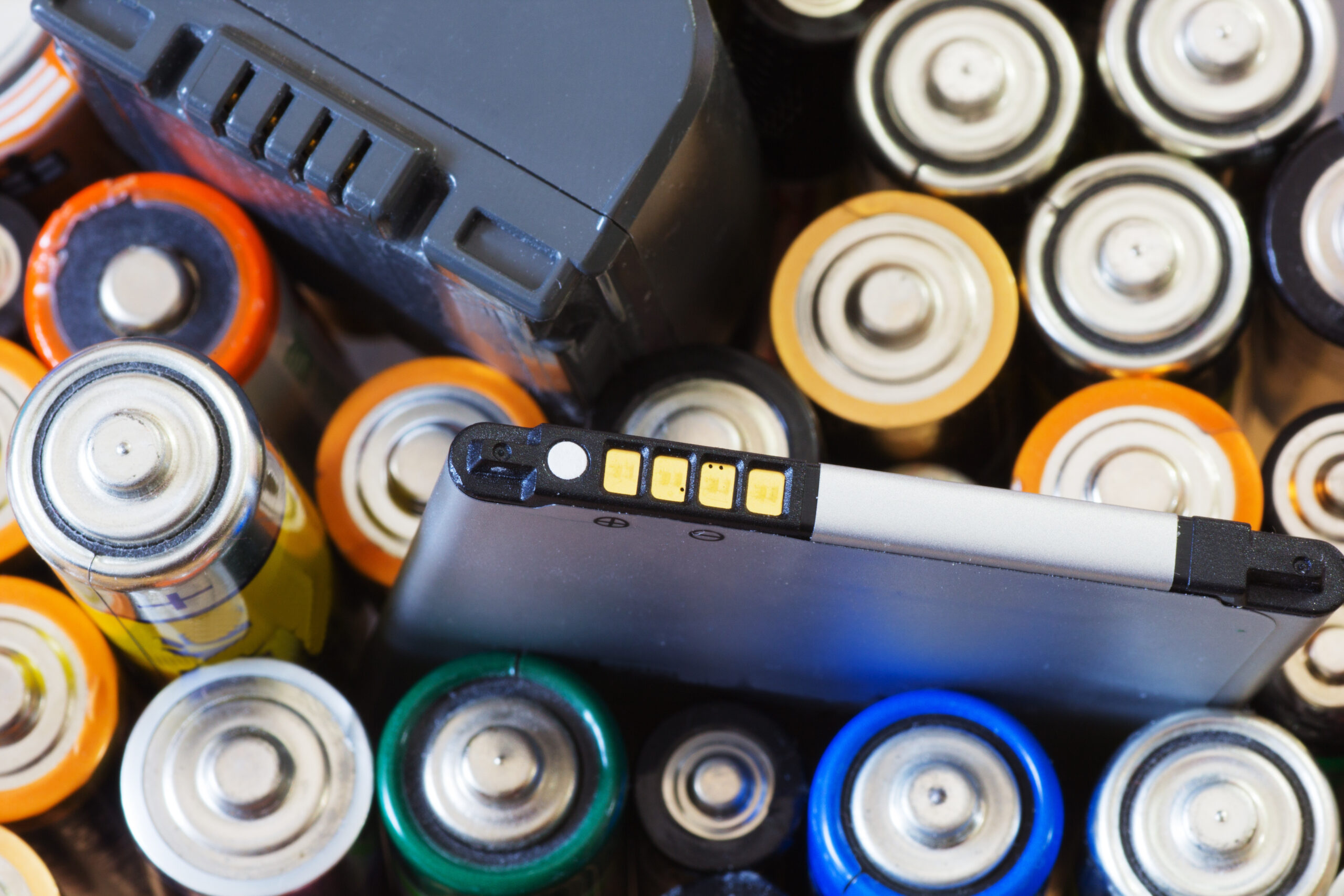
Household battery safety tips
- Never store new and used batteries together.
- Store batteries in a cool, dry place.
- Keep batteries out of reach of young children.
- Protect the terminals when storing used batteries for recycling.
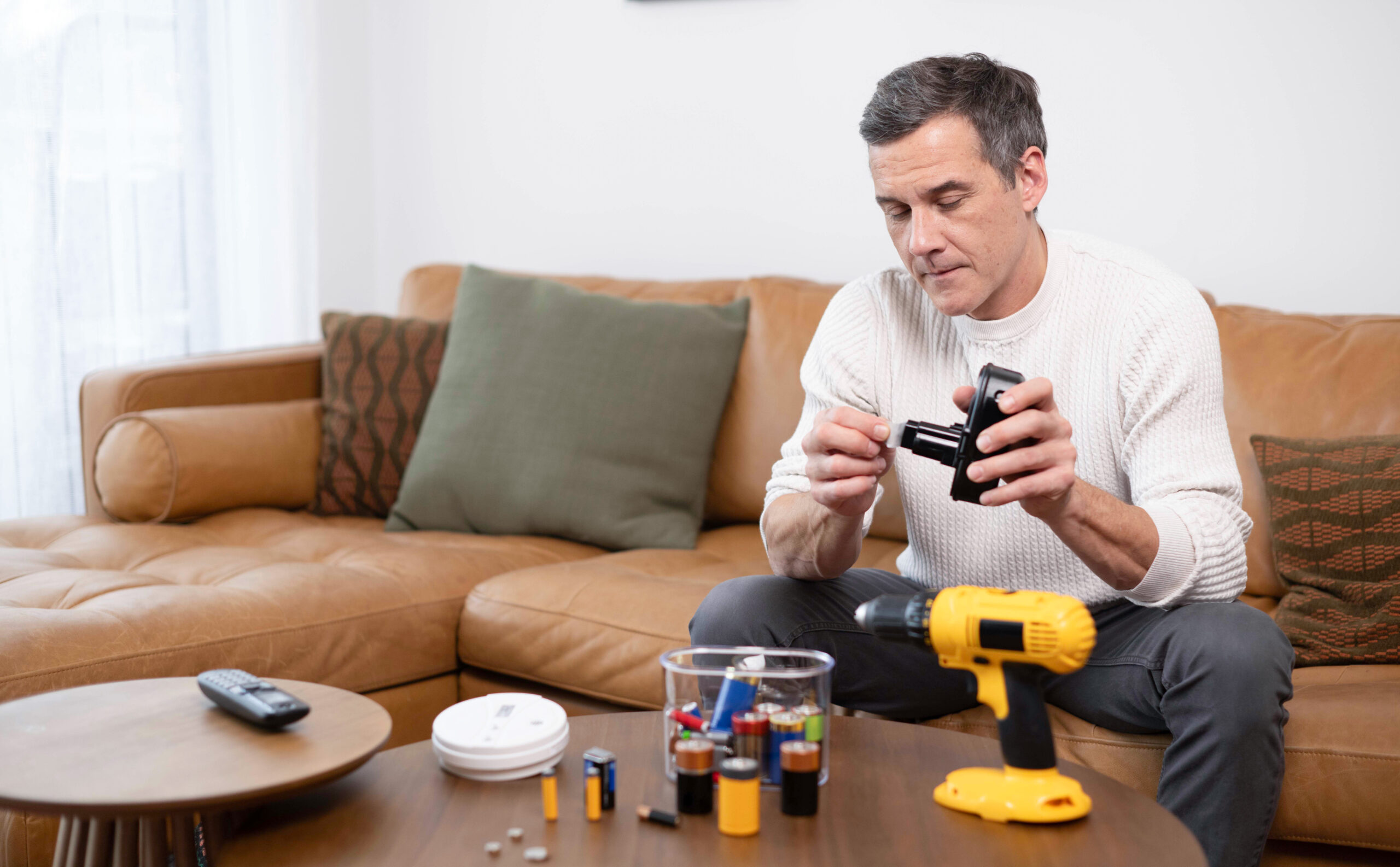
Batteries requiring terminal protection
- Lithium
- Coin (button) cell
- Small sealed lead acid (SSLA)
- Alkaline batteries 9V or higher
How to protect terminals
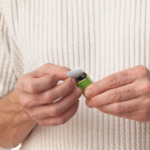 Option 1: Tape Terminals
Option 1: Tape Terminals
- Cover the terminals with clear packing tape, duct tape or electrical tape
- Be sure not to cover the brand name or chemistry on the label
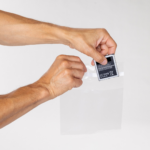 Option 2: Bag and Seal
Option 2: Bag and Seal
- Place each battery in a clear, sealable / zipped bag.
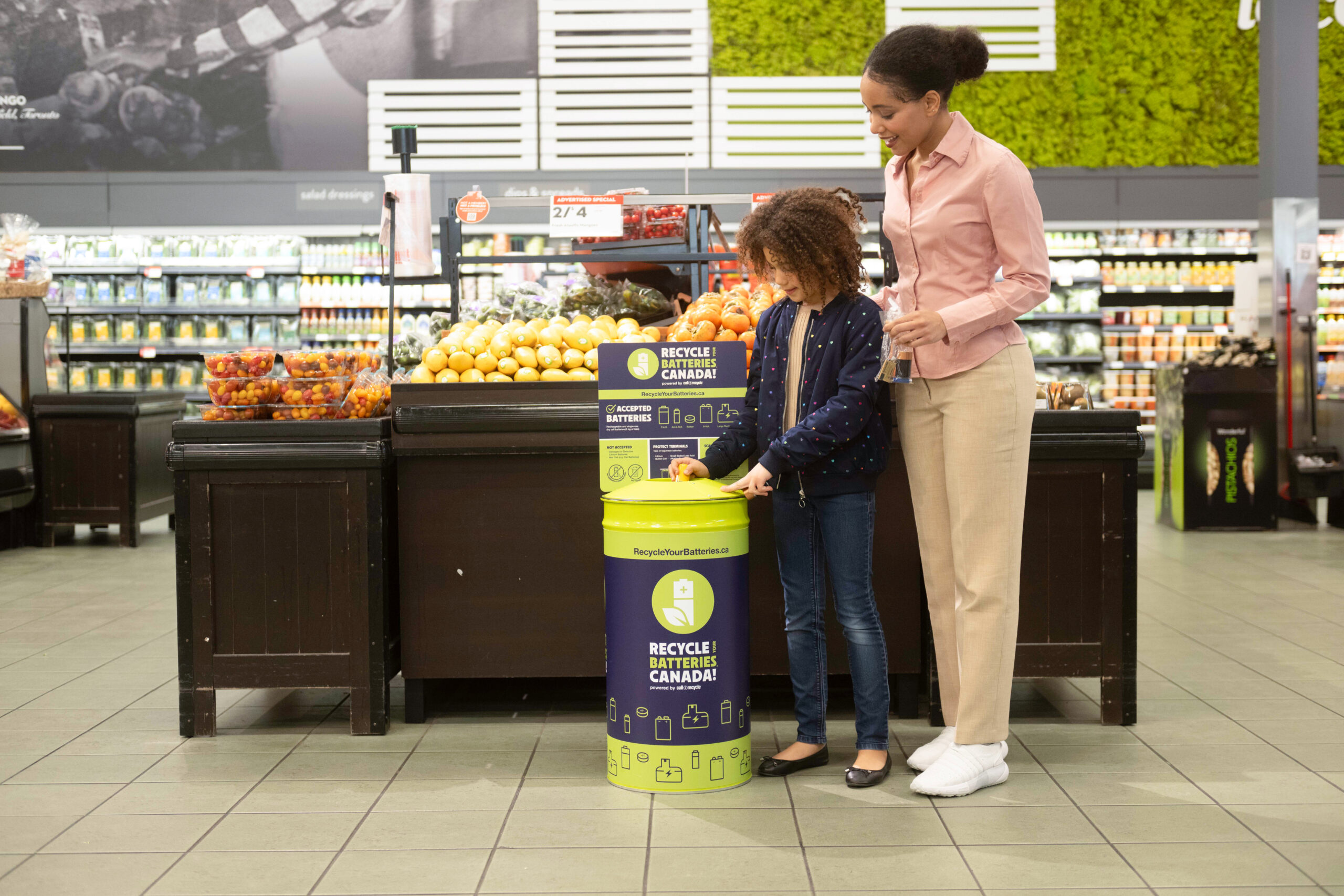
Drop off regularly!
Used batteries should be dropped off every 3 months to avoid corrosion.
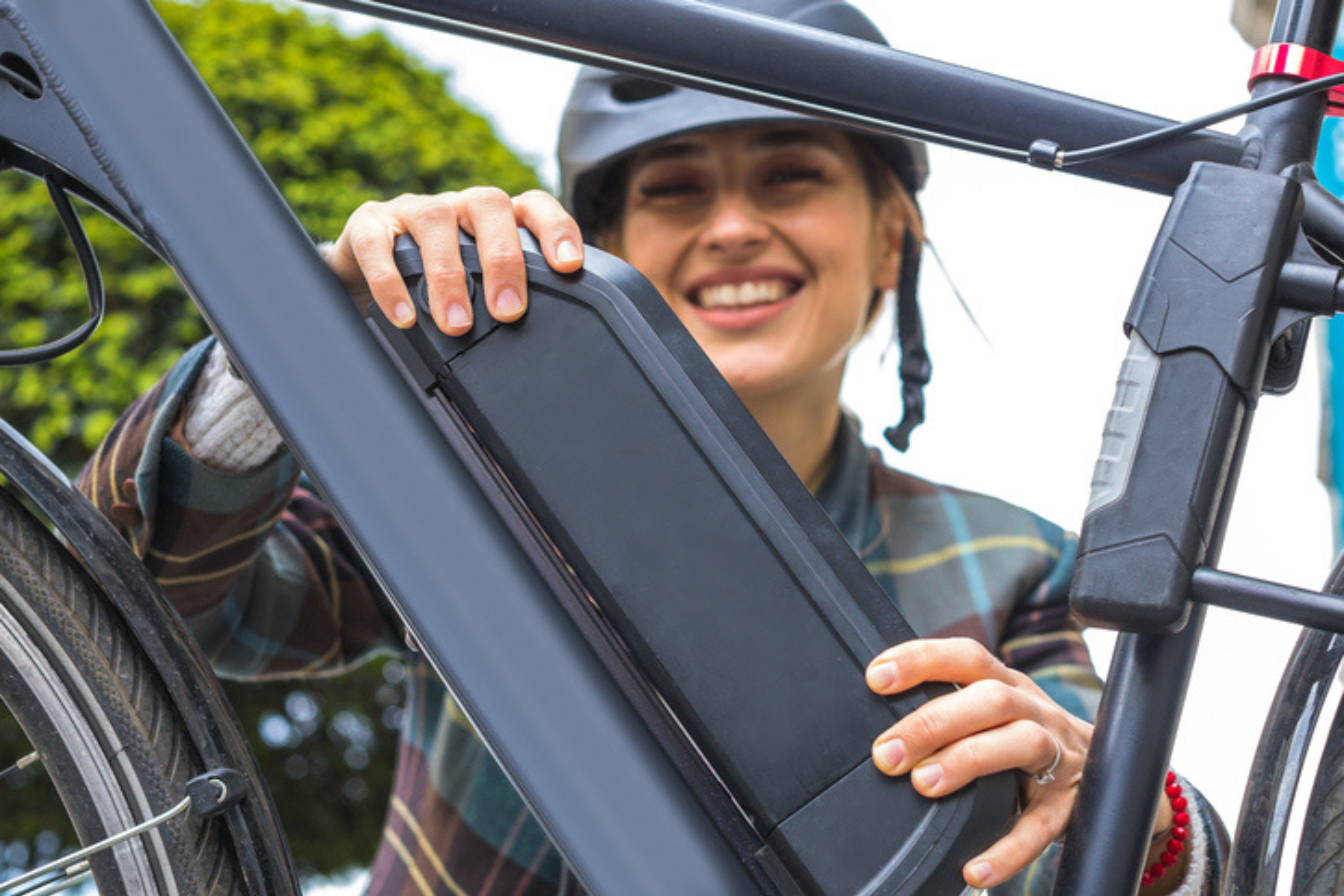
E-Mobility battery safety tips
- Follow the manufacturer’s instructions for charging, storing and handling your e-mobility battery.
- Only use the original equipment manufacturer’s charger to charge your e-mobility battery.
- Charge your e-mobility battery plugged directly into a wall outlet. Never use charging strips or extension cords.
- Never charge an e-mobility battery unattended or overnight. Never leave it plugged in when it is not charging.
- Avoid charging or storing your e-mobility battery in extreme temperatures.
- Handle your e-mobility battery with care – do not drop or submerge in water.
- Do not modify or attempt to repair your e-mobility battery.
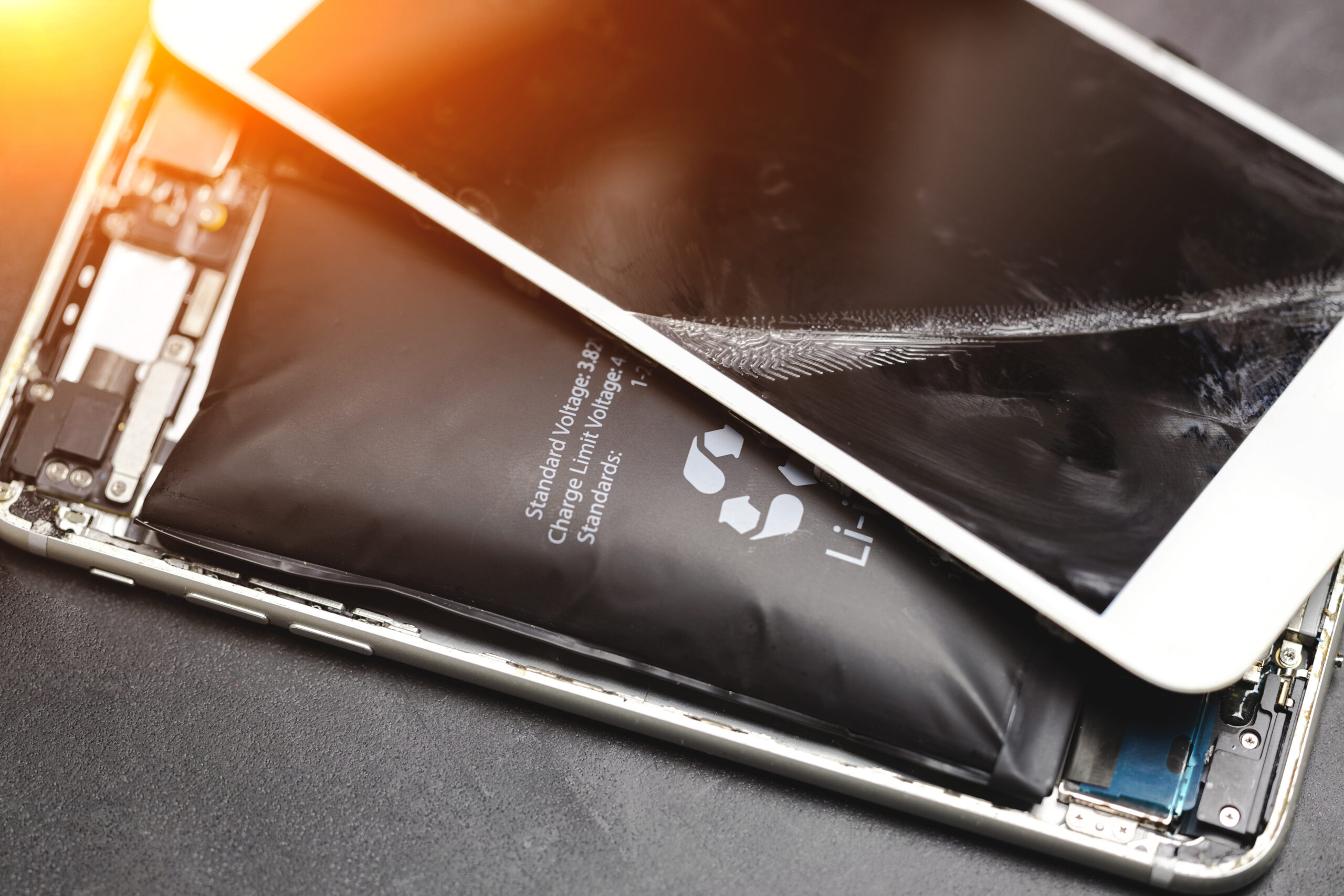
What are damaged, defective, or recalled batteries (DDR)?
Damaged, defective, and recalled batteries (DDR) are batteries that may be swollen, corroded, leaking, or showing burn marks. If you notice signs of damage or irregularity, like corrosion, swelling, overheating and/or burn marks, follow the steps below as these batteries can be hazardous and should be handled carefully.
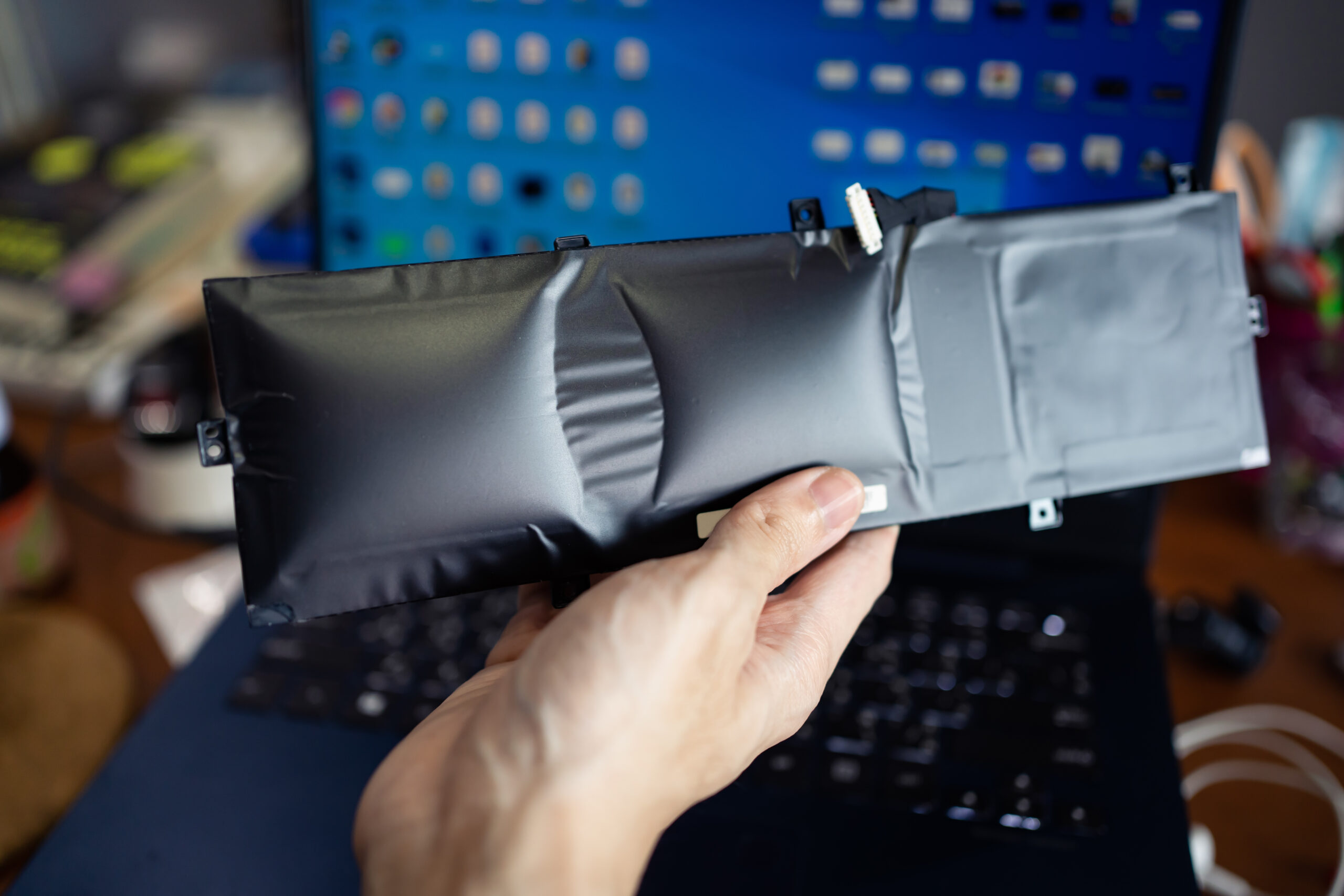
How to handle damaged, defective or recalled batteries (DDR)
Step 1: Check battery chemistry
If you encounter damaged batteries, the first thing to do is check the battery chemistry.
Most battery chemistries can still be recycled safely through the Recycle Your Batteries, Canada! regular collection program. However, lithium metal (button cells) or lithium-ion batteries require special handling, care, and disposal.
Step 2: Select battery type
Damaged non-lithium batteries
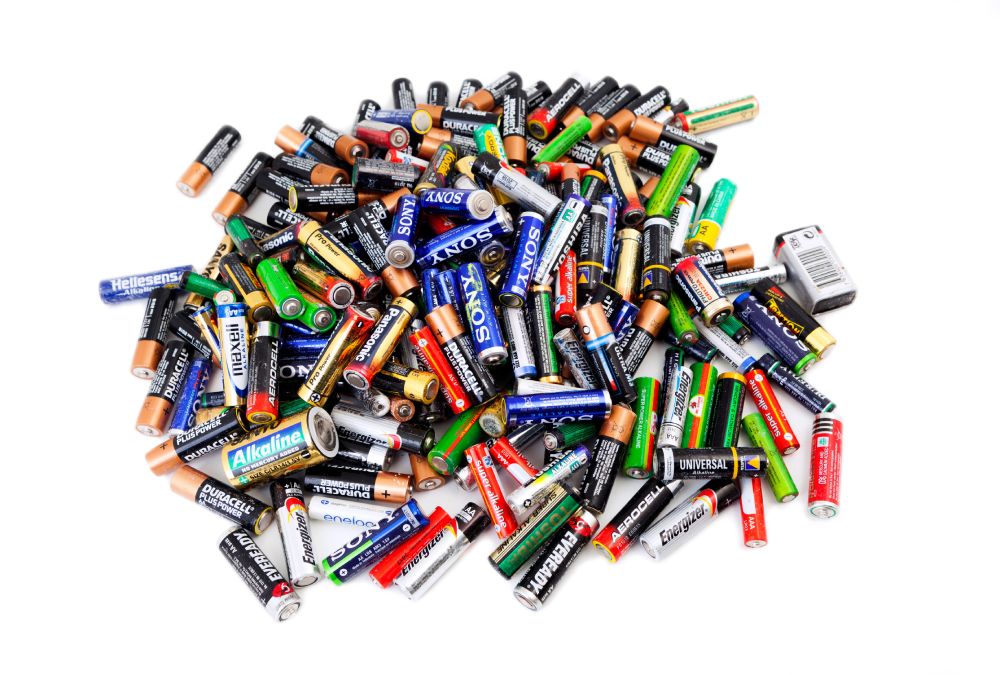
Handling instructions
Leaking, corroded batteries that are non-lithium-based can be stored in a plastic bag.
Damaged coin/button batteries, 9V, and sealed lead acid batteries should have the terminals taped and should be individually bagged for safe drop off.
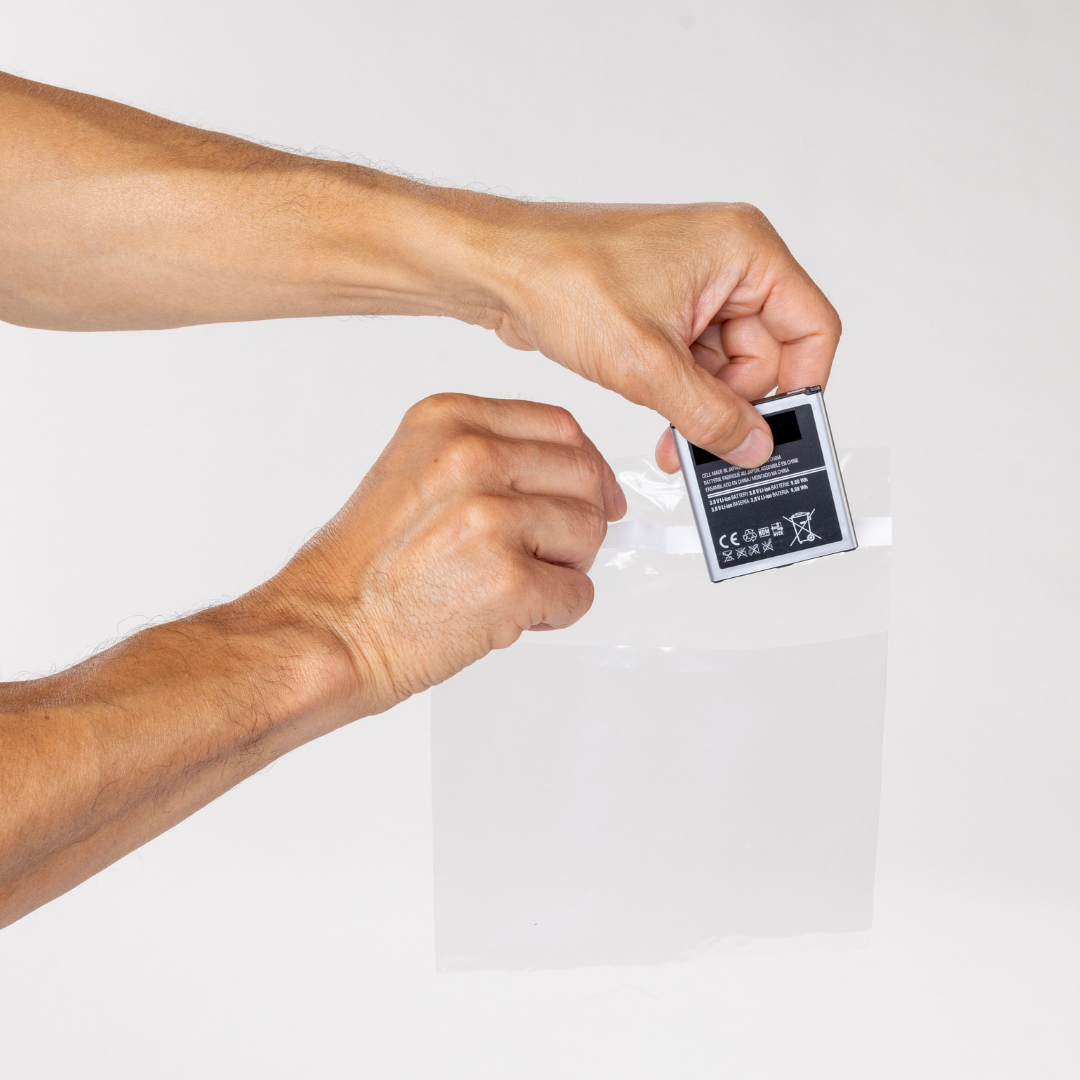
Used battery drop off
Once your non-lithium batteries are safely stored and protected, they can be deposited at your nearest Recycle Your Batteries, Canada! drop-off point.

Damaged lithium batteries
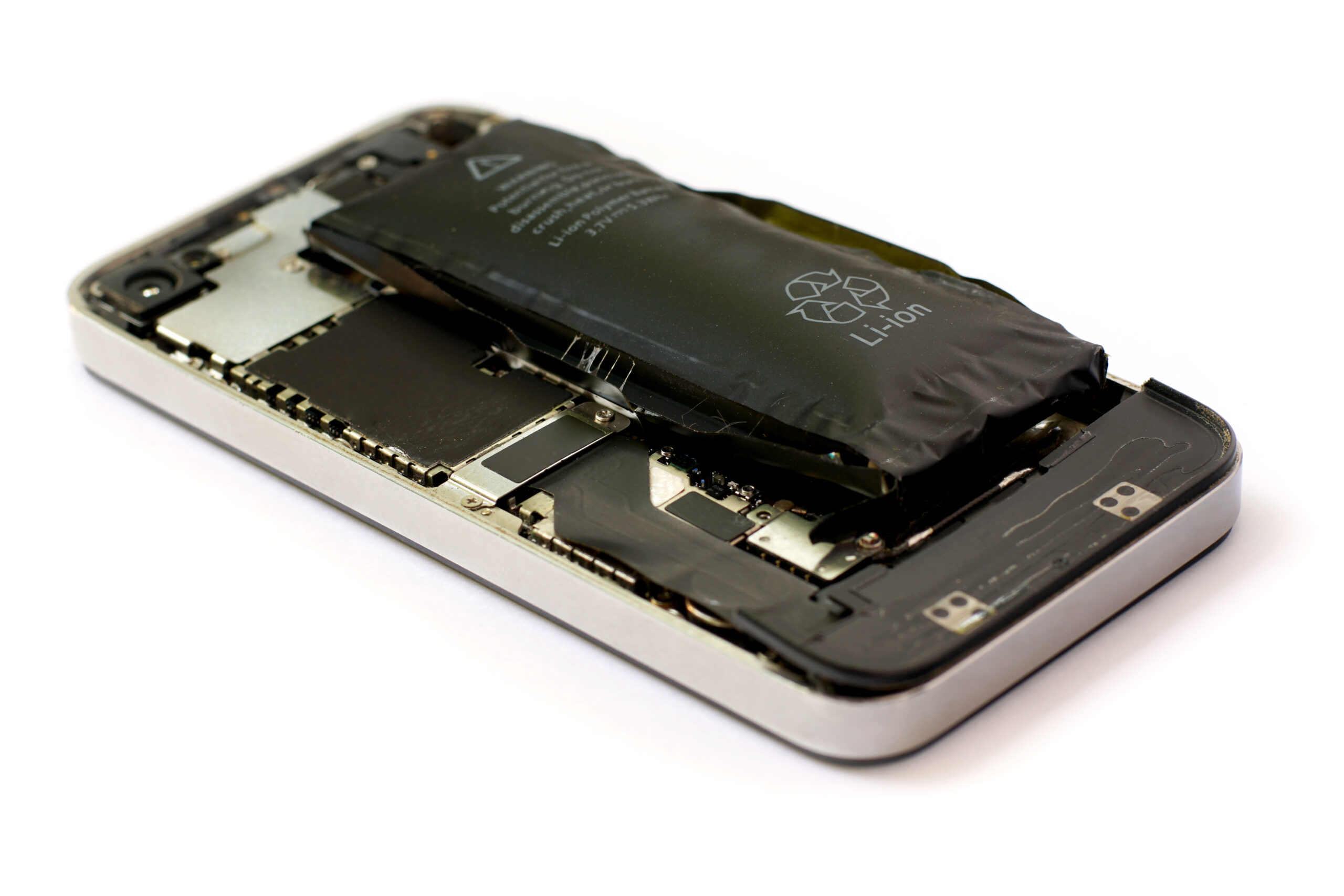
Special handling
Damaged lithium metal or lithium-ion batteries must be placed in special DDR containers for disposal, on hand at select drop-off sites.
Temporarily store your DDR batteries in non-flammable material, such as sand, while you arrange for safe disposal.
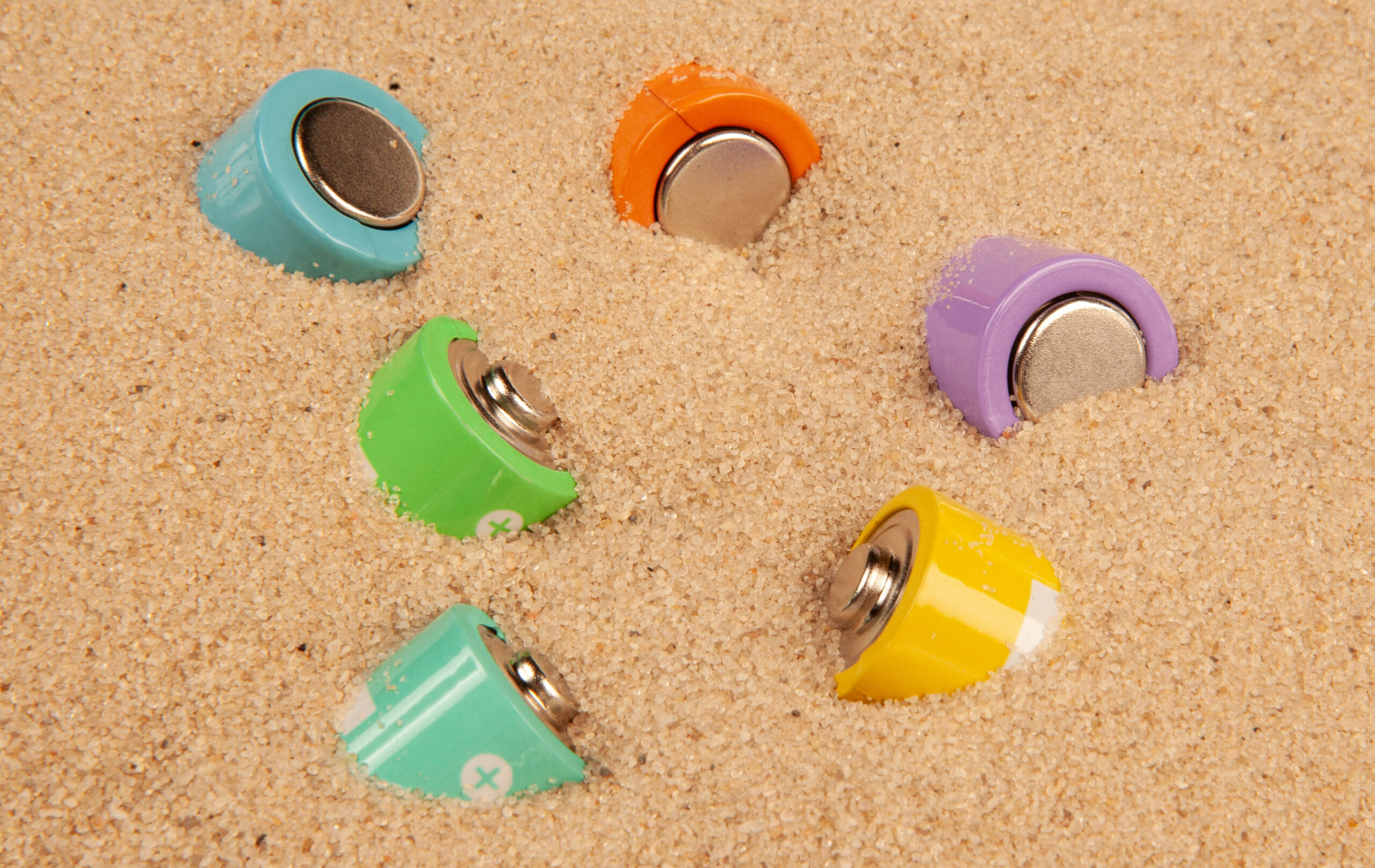
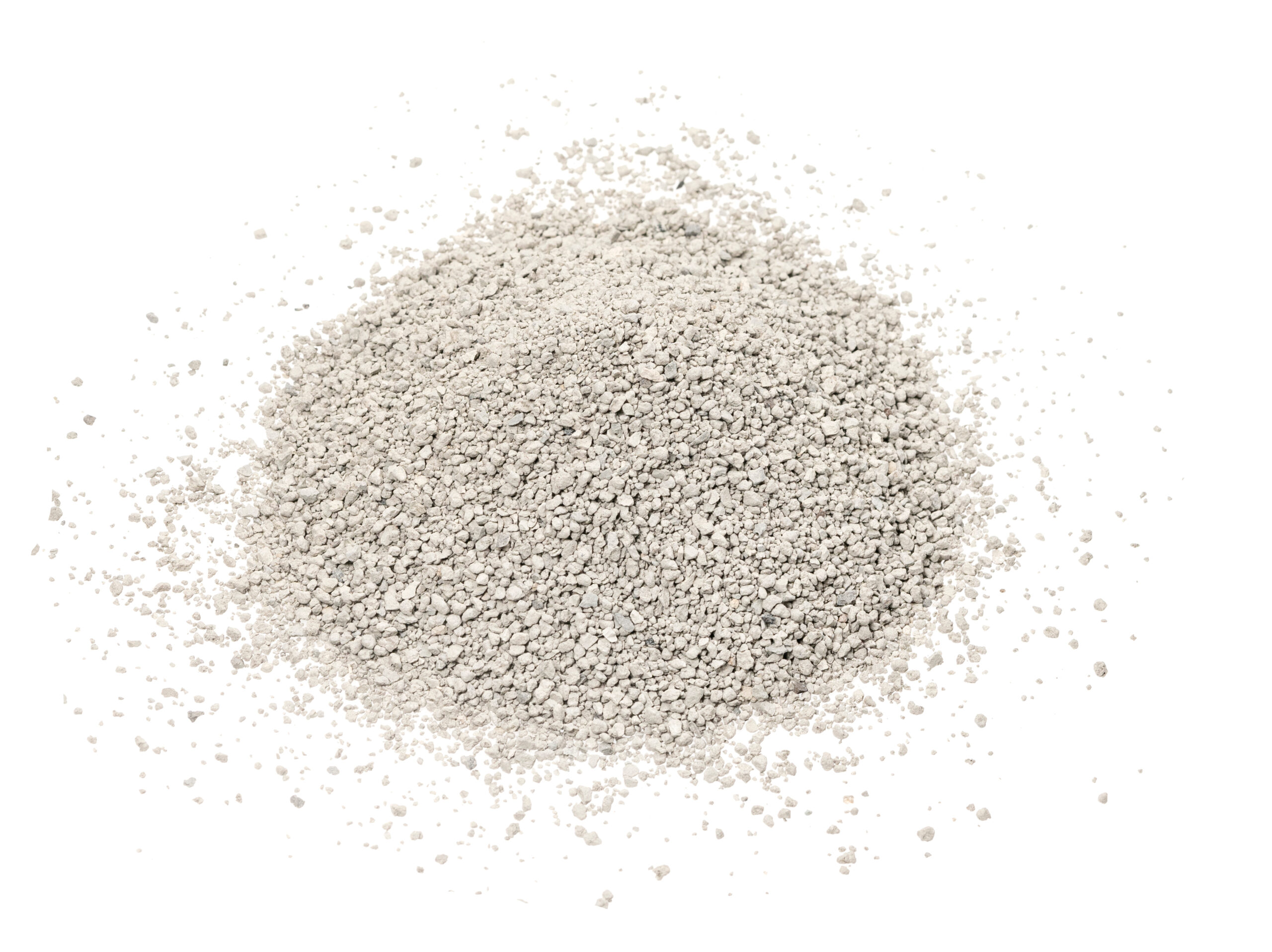
Check for recalls
Check Health Canada’s Consumer Product Safety information or the manufacturer’s website to see if the battery has been recalled.
If the lithium-based battery has been recalled, follow the instructions provided by Health Canada’s Consumer Product Safety page, or the manufacturer’s website.


Safe storage: Get a DDR container!
Damaged, defective, or recalled (DDR) lithium-based batteries should never be placed in a regular Recycle Your Batteries, Canada! drop-off box.
They must be placed into a specially protected DDR container on hand at select drop-off sites.
Contact us to find a location that has a DDR container available.
Recycle Your Batteries, Canada!
